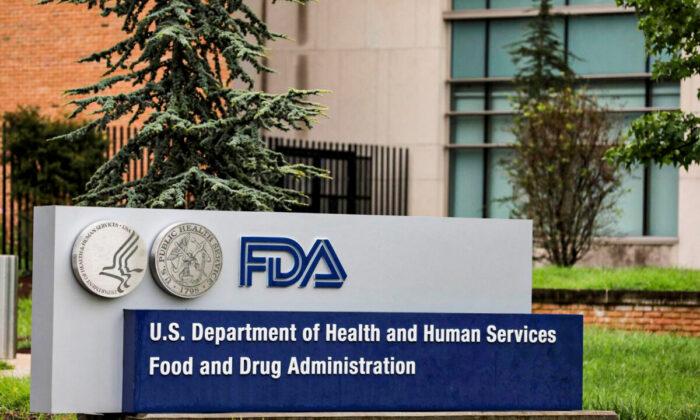The Biden administration has approved the largest single increase in food stamp assistance in the program’s history.
Average benefits from the government’s primary food welfare program, called the Supplemental Nutrition Assistance Program (SNAP), will increase more than 25 percent above pre-pandemic levels for 42 million beneficiaries.
The average per-person benefits received by eligible Americans via the program will rise on average to $157 per month from $121. The changes don’t require congressional approval.

According to feedback from recipients, pre-pandemic levels of SNAP assistance were seeing many households use the money on cheaper, less nutritious options despite efforts encouraging them to invest time in preparing more healthy meals.
The increase is part of a multi-pronged effort by the Biden administration to strengthen the country’s social safety net. Poverty and food security activists maintain that longstanding inadequacies in that safety net were laid bare by the COVID-19 pandemic, presenting an opportunity to make generational improvements that reach beyond the current public health crisis.
The revaluation of the plan is “a critically important step towards ensuring that SNAP benefits adequately support a nutritious diet,” House Democrats on the Agriculture Committee’s subcommittee overseeing nutrition issues said recently.
They said that “research shows that, while SNAP reduces food insecurity and improves health outcomes for recipients, benefits are too low to fully meet their nutritional needs.”
The $79 billion annual program’s costs would increase by roughly $20 billion compared to pre-pandemic levels under the new plan, the NY Times reported.
Critics of the current SNAP program argue that it doesn’t provide incentives for Americans to pursue opportunities in the workforce and isn’t a long-term solution to providing healthy lifestyles for those currently relying on welfare.
A federal judge in 2018 blocked a Trump administration rule that aimed to close loopholes in SNAP by reducing the number of able-bodied adults receiving the benefits if they didn’t meet work-related requirements.





